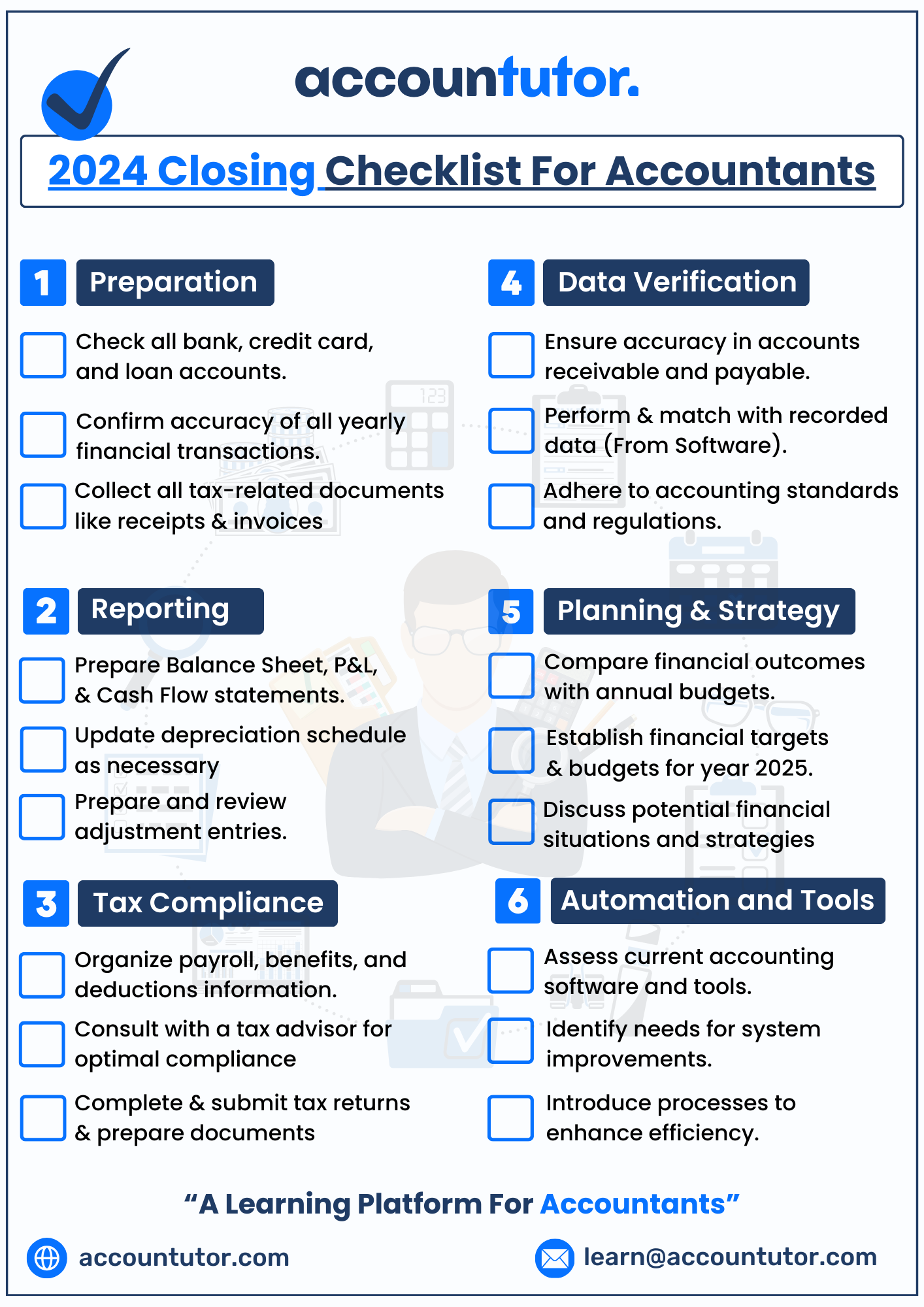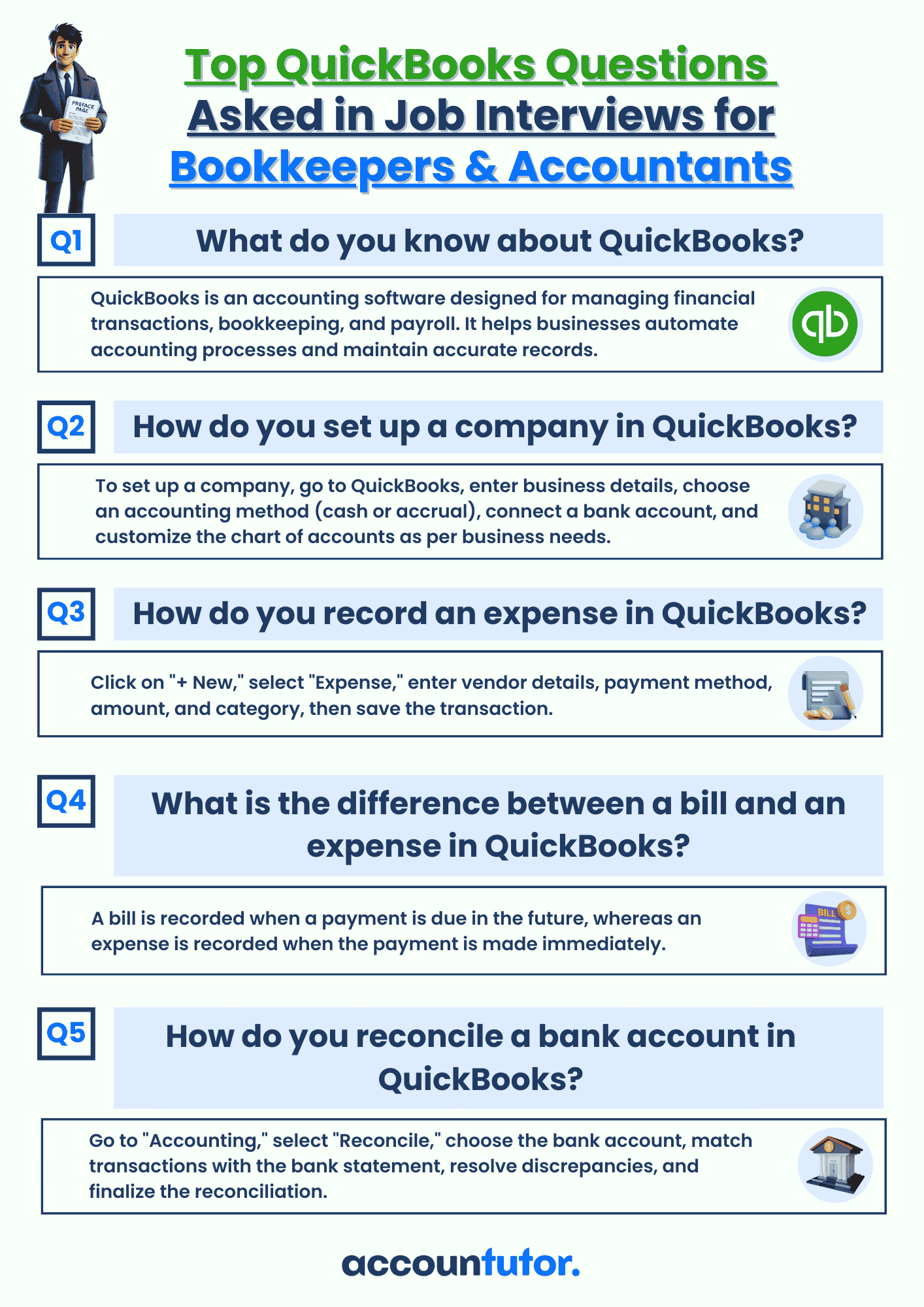Identifying
and Correcting Errors
-
Common Types of Errors
-
How to Spot Errors
-
Correcting the Errors
-
Final Check
Identifying and Correcting Errors
“Identifying and correcting errors involves reviewing mismatches between your accounting records and bank statements, then adjusting entries to reflect accurate balances.”
Let’s explore the types of errors you might encounter—and how to handle them.
1. Common Types of Errors
2. How to Spot Errors
When your bank balance and book balance don’t match, it’s a clear red flag that something’s off. To find the issue, go through your records line by line and look for amounts that don’t match, transactions that appear in one place but not the other, dates that seem too far apart, or descriptions that look unusual. Also, keep an eye out for strange or unexpected charges. Anything that seems out of place should be highlighted and set aside for closer review. This careful checking is key to identifying errors before they cause bigger problems.
3. Correcting the Errors
Once you've identified an error, the next step is to fix it. If the mistake is in your bookkeeping records, simply correct the original entry or add the missing transaction to ensure your books are accurate. If the error is on the bank’s side, contact your bank with proper documentation and request a correction. It’s also important to add a note or brief explanation for each correction you make—this creates a clear audit trail in case you or someone else needs to review the changes later. Keeping detailed records of these adjustments helps maintain transparency and accuracy in your financial reporting.
4. Final Check
Key Takeaways
✅ Review each transaction carefully to catch mismatches
✅ Fix errors by adjusting your records or contacting the bank
✅ Leave notes or explanations for every correction you make
✅ Accurate reconciliation ensures trustworthy financial reports and stress-free audits
Access all Accounting and Bookkeeping Courses from One Portal.
Mastering Bookkeeping and Accounting
QuickBooks Online For Bookkeepers
Xero Accounting For Bookkeepers
ChatGpt for Bookkeepers and Accountants
Subscribe to our newsletter
Policy Pages






